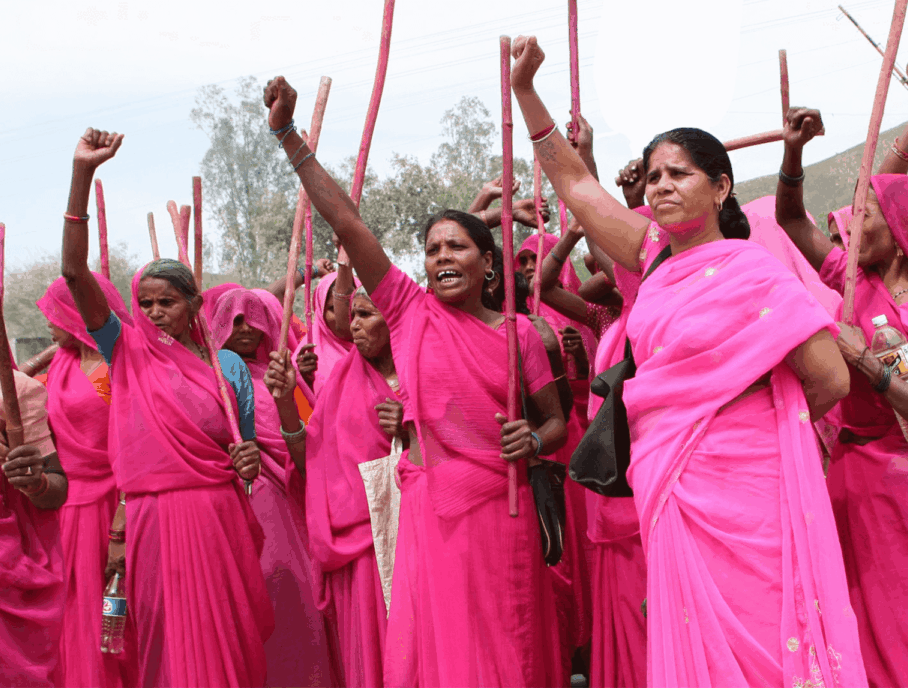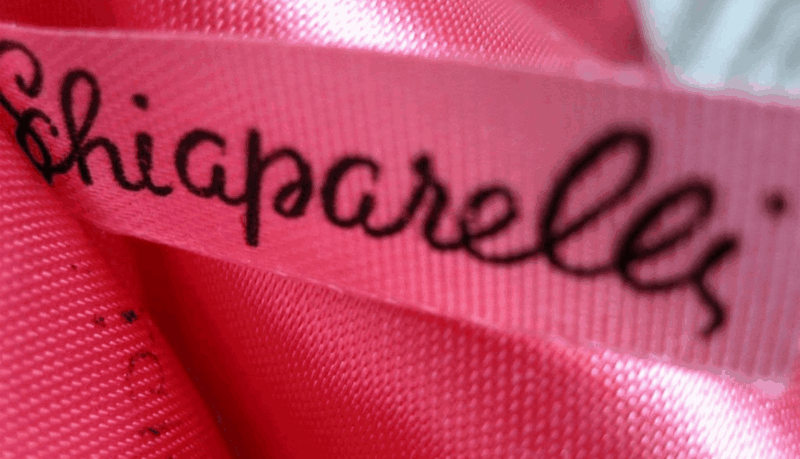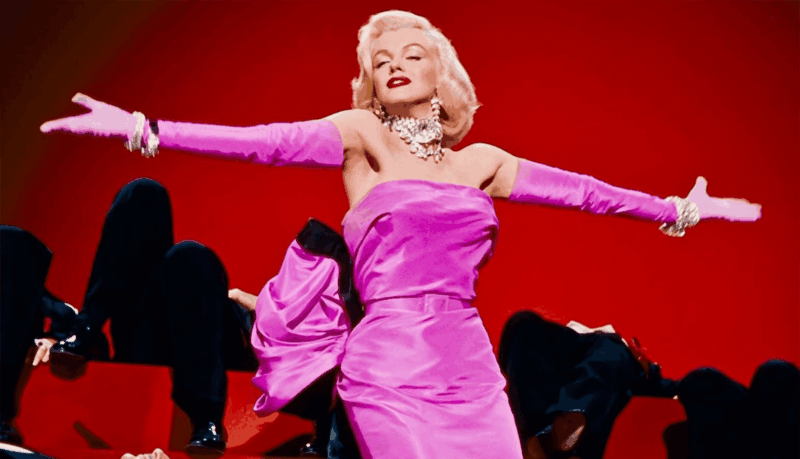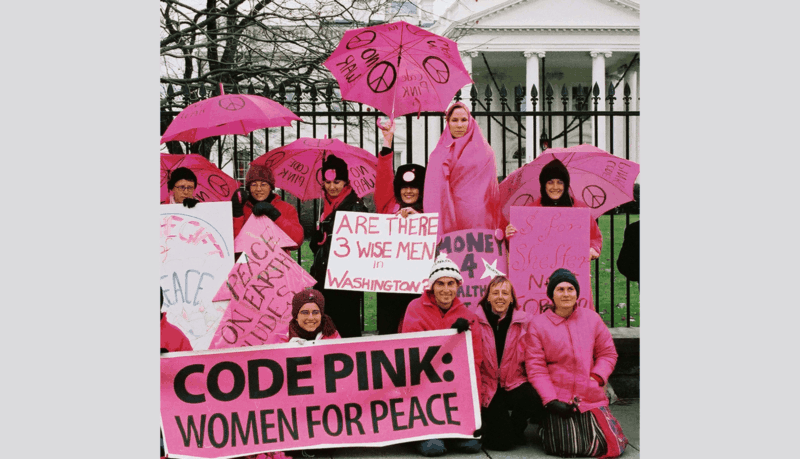
Early one morning in 2006, Sampat Pal Devi was making her way to sell vegetables at the local market in Bundelkhand, Northern India, when she heard someone whimpering.
Around the next corner, she came across a neighbour beating his wife. Sampat was outraged, but was unable to stop the violence by herself. The following day, she and five women friends returned to the location, confronted the man and gave him a thrashing.
Before long, other women approached Sampat to help with her fight against India’s deep-rooted problem with misogyny. This unlikely band of vigilantes quickly grew in both numbers and reputation. Their mission: “To protect the powerless from abuse and fight corruption to ensure basic rights of the poor in rural areas and discourage traditions like child marriages.” They are known as the Gulabi Gang (Gulabi is the Hindi word for pink) because all gang members dress in bright pink saris. It is an inspired choice of colour. Firstly, it’s a hue that stands out from the landscape’s muted tones. But perhaps more importantly, it is an emotionally charged colour that has stirred women and men for centuries.

In Western societies, pink suggests sensitivity, romance and femininity. For many decades, pink was a colour worn by both sexes. Considered a tint of red, men were comfortable seen in pink as it signalled passion and power. It was not until the mid-20th century that the colour became closely associated with females. Guided by the increasing popularity of television, marketers positioned pink for girls and blue for boys to help sell products. It was an effective strategy, still influential today. Recently, however, women have redefined the meaning of pink, specifically bright pink. And the women of the Gulabi Gang are doing their bit to help give pink a new meaning.
Before the 1850s, colour dyes came from natural substances such as plants, berries, bark, leaves and fungi. Creating a stable, rich pink was next to impossible. Nothing in nature provided a reliable pigment. As a result, pink fabrics tended to be soft, pastel tints. In 1856, British chemist William Perkins inadvertently invented the first synthetic dye while working on a cure for malaria. It was an intense shade of purple that came to be known as “Mauvine.” The introduction of numerous new bright-coloured dyes, including a vibrant magenta, quickly transformed the dyestuff industry. The fashion world embraced these intense shades, soon becoming must-haves in the wardrobes of wealthy Victorian women.

Fashion trends are forever evolving. By World War I, women’s apparel returned to softer, more subtle shades. There is nothing quite like a war to add a sense of constraint to the zeitgeist. Then, in the 1930s, the Italian couturier, Elsa Schiaparelli, arrived on the scene. The risk-taking designer adopted “Shocking Pink” as her signature colour, single-handedly re-energizing the world of couture. Since then, bright pink has never looked back. It required a certain amount of swagger to wear her shocking pink creations, making people turn heads. Confident, unabashed women found the colour irresistible. Marilyn Monroe wore the electric colour in Gentlemen Prefer Blondes (1953) and the US's First Lady Jacqueline Kennedy wore it to meet foreign dignitaries. Like the song from the 1957 movie Funny Face professed, “Think pink! Think pink! When you shop for summer clothes. Think pink! Think pink! If you want that quelque chose.”

Punks in the late 1970s brandished pink “mohawk” haircuts as a sign of rebellion. In 2017, many participants in the over 600 international “Women’s March” rallies wore pink “Pussy Hats” to draw attention to women’s rights. “Pink is going through a generational shift,” says Valerie Steele, editor of Pink: The History of a Punk, Pretty, Powerful Colour. “Society is increasingly moving away from the idea of it as a childish, over-sexualized hue. There’s a shared recognition that pink can be pretty and powerful, feminine and feminist.”

That brings us back to the Gulabi Gang. Currently, they boast 400,000 members who proudly wear pink in solidarity against the violence experienced by Indian women. All colours abound with history, meaning and symbology. Pink has blossomed into a hue that now represents strong-willed individuals and groups who choose to be seen and heard.
Bob Hambly RGD Emeritus
After graduating from the University of the Arts in Philadelphia, Bob spent 10 years working as a freelance illustrator. In 1990, he and his partner Barb Woolley formed the Toronto-based graphic design firm Hambly & Woolley. He graduated from H&W after 30 years of collaborating with exceptional designers, artists, suppliers and a wide range of clients. In 2017, Bob was awarded the International Council of Design's ICoD Achievement Award for his outstanding and consistent achievement in the practice, education or promotion of design. He now devotes his time to writing, photography and numerous other pursuits. He continues to champion art and design through various efforts.
Tag
Related Articles


Bob Hambly RGD Emeritus, Donna Darby RGD Emeritus, Michel Viau RGD Emeritus














